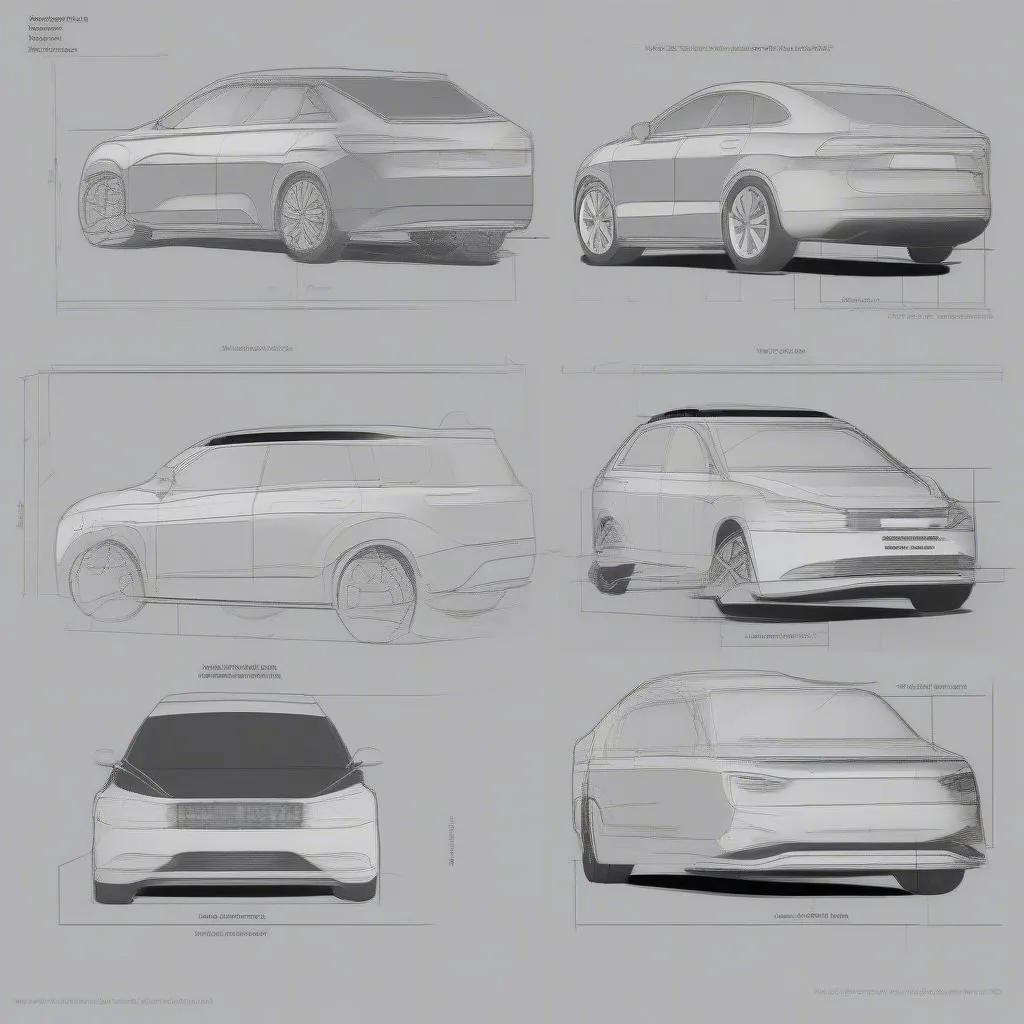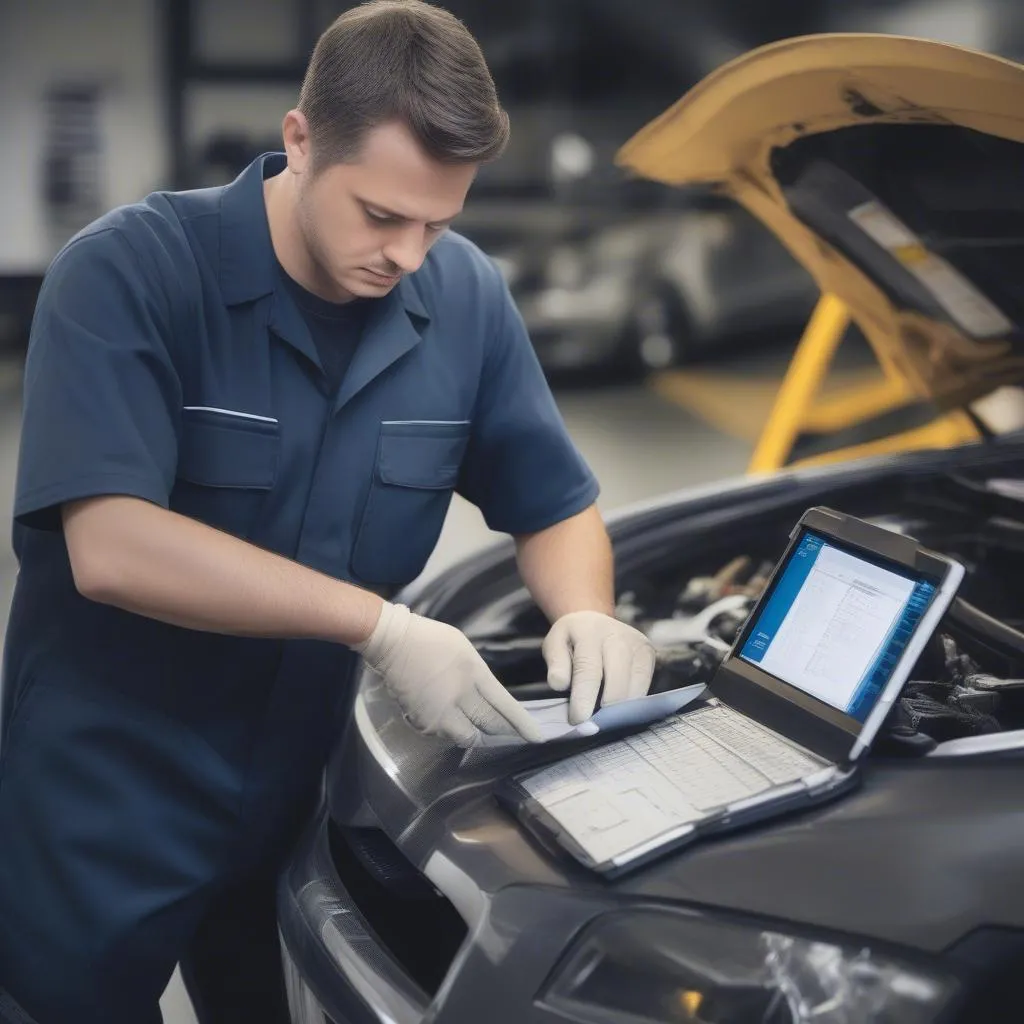Imagine this: you’re driving your beloved BMW down a scenic highway, enjoying the open road. Suddenly, the engine light flickers, and your car starts behaving erratically. Panic sets in – what could be wrong? This is where understanding how to use a dealer scanner for European cars becomes crucial.
Why Dealer Scanners are Essential for European Cars
Dealer scanners, also known as diagnostic tools, are indispensable for European car owners. They act as a bridge between you and your car’s complex electronic systems, providing valuable insights into its health and performance.
The Need for Specialized Tools
European cars often use sophisticated electronic control units (ECUs) and intricate communication protocols, making them a bit different from traditional American cars. These specialized ECUs require specific diagnostic tools, such as a dealer scanner, to properly read, interpret, and address any underlying issues.
The Value of Comprehensive Diagnostics
Imagine a scenario where a generic OBDII scanner throws a vague error code, leaving you clueless about the problem. A dealer scanner, however, can provide a deeper understanding of the error, helping you pinpoint the specific component causing the issue. This means quicker diagnosis, faster repairs, and ultimately, a smoother driving experience.
How to Use a Dealer Scanner for European Cars
Using a dealer scanner effectively requires a combination of technical know-how and a keen understanding of your car’s electronic systems.
Step 1: Selecting the Right Scanner
Not all scanners are created equal. You need a dealer scanner that’s specifically designed to work with your European car make and model.
 A dealer scanner for European cars
A dealer scanner for European cars
Step 2: Connecting the Scanner
Once you have the right scanner, connecting it to your car is the next step. Look for the OBDII port, which is usually located under the dashboard or near the steering wheel. Plug the scanner into the port, ensuring a secure connection.
Step 3: Running a Diagnosis
With the scanner connected, navigate through its menus and select “Diagnostic Scan.” This will initiate a comprehensive analysis of your car’s systems, identifying any potential problems or error codes.
Step 4: Interpreting the Results
The dealer scanner will present the diagnostic results in various formats, including text descriptions, error codes, and data logs. Understanding these results requires a certain level of technical expertise.
 A mechanic analyzing the results of a dealer scanner
A mechanic analyzing the results of a dealer scanner
Frequently Asked Questions about Dealer Scanners
Here are some common questions that European car owners often ask about using dealer scanners:
-
Can I use a generic OBDII scanner for my European car? While generic scanners may work for basic diagnostics, they often lack the specific protocols required to fully diagnose European cars. A dealer scanner is recommended for a comprehensive diagnosis.
-
How often should I run a diagnostic scan on my European car? Regular scans are recommended, especially after any repairs, modifications, or noticeable changes in your car’s performance.
-
Are there any online resources available to help me understand dealer scanner results? Several online forums and websites offer valuable information and resources for interpreting scanner results.
Conclusion
Equipped with the right dealer scanner and a basic understanding of its usage, you can confidently diagnose and maintain your European car. By understanding the importance of specialized tools and the value of comprehensive diagnostics, you’ll be better equipped to keep your European car running smoothly. If you need further assistance, don’t hesitate to reach out to our expert technicians for support 24/7.